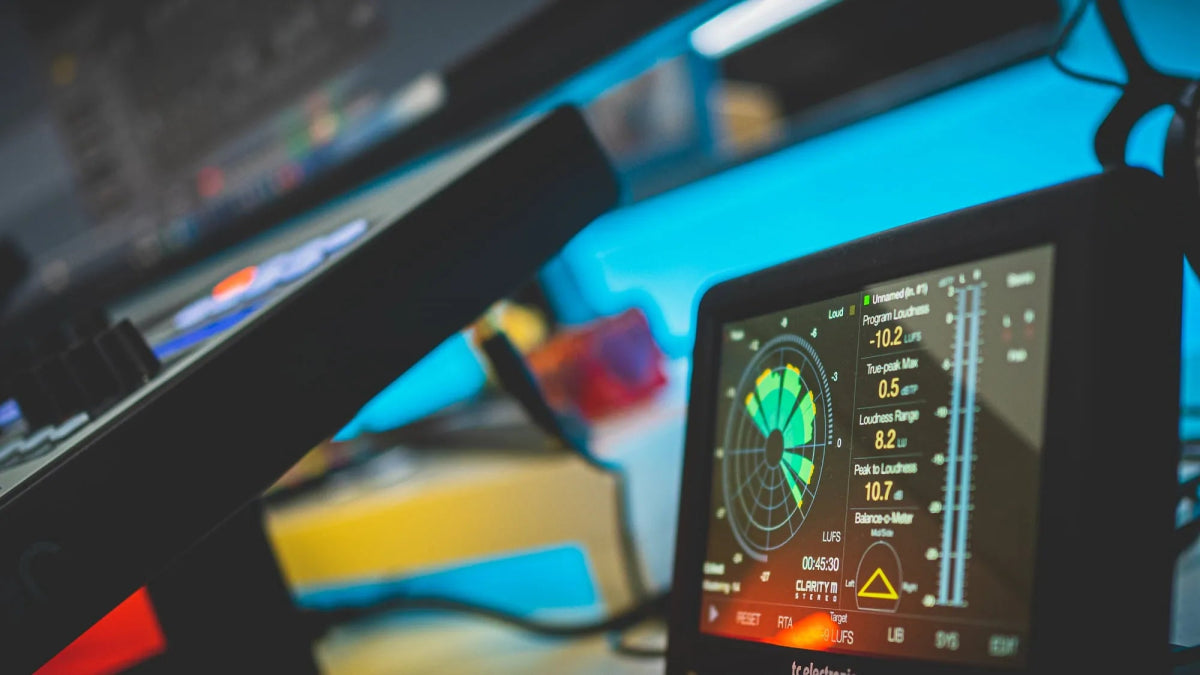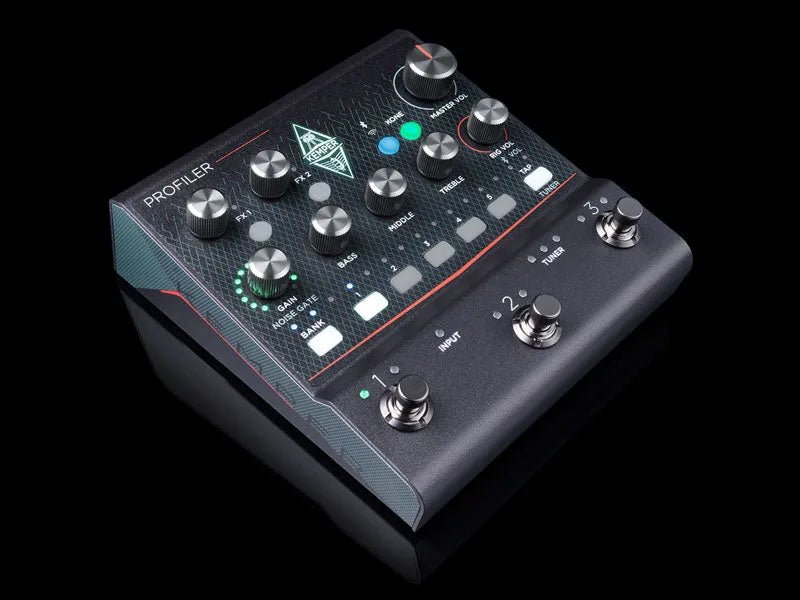In the intricate world of music post-production, understanding the concepts of LUFS and True Peak is vital for creating well-balanced and professionally sounding mixes. These measurements are key to ensuring your music meets industry standards, especially in the realm of broadcasting and streaming services. Let's delve into what LUFS and True Peak are, their significance, and how to effectively work with them in practice.
What is LUFS?
Loudness Units Full Scale (LUFS) is a standard that measures the perceived loudness of audio material. It was developed to provide a more accurate representation of how the human ear perceives loudness, as opposed to just measuring the peak levels of the audio waveform.
LUFS takes into account the duration of the audio and its frequency content, offering a more comprehensive loudness measurement. This is crucial in today's music industry, as different streaming platforms have specific loudness standards to provide a consistent listening experience across various tracks and albums.
The Importance of True Peak
True Peak, on the other hand, refers to the absolute highest level that an audio signal reaches. It's essential to monitor True Peak levels to prevent digital clipping, a form of distortion that occurs when the audio signal exceeds the maximum limit of a digital system.
With the advent of digital audio, True Peak has become a critical parameter. It ensures that the audio does not exceed the digital ceiling and maintains its integrity across various playback systems.
Working with LUFS and True Peak in Practice
1. Setting the Right Levels
- Target LUFS Levels: Each streaming platform has its target LUFS level. For instance, Spotify might aim for -14 LUFS, whereas YouTube could target -13 LUFS. Knowing these targets is crucial for optimizing your mix for each platform.
- True Peak Limiting: Set your True Peak limiter to ensure your audio does not exceed -1 dBTP (decibels True Peak). This practice leaves enough headroom to avoid clipping and distortion, especially after codec conversions for streaming.
2. Utilizing the Right Tools
- Loudness Meters: Use specialized loudness meters in your Digital Audio Workstation (DAW) to accurately measure LUFS. These meters provide real-time feedback on your track’s loudness and help in making informed decisions during mixing and mastering.
- True Peak Limiters: Employ True Peak limiters in your mastering chain. These are specifically designed to catch and limit any peaks that exceed your set threshold, ensuring your track stays within the safe range.
3. Consistency Across Tracks
- Album Consistency: When working on an album or an EP, aim for a consistent LUFS level across all tracks. This provides a cohesive listening experience and maintains the dynamic range of your music.
- Dynamic Range Consideration: While it's important to meet loudness standards, also consider the dynamic range of your music. Over-compression to achieve loudness can compromise the quality and feel of your music.
4. Testing and Revising
- Listening Tests: After mastering, listen to your tracks on different systems – headphones, car stereos, smartphones. This helps in understanding how your music translates across various listening environments.
- Revisions: Be open to revising your mix based on these listening tests. Adjusting the LUFS level or the True Peak threshold slightly can make a significant difference in the overall sound quality.
Conclusion
Mastering the use of LUFS and True Peak is essential for anyone involved in music post-production. By effectively applying these concepts, you ensure your music not only meets industry standards but also retains its intended emotional impact and sonic quality. Remember, while technical precision is important, it should always serve the artistic vision of your music.










